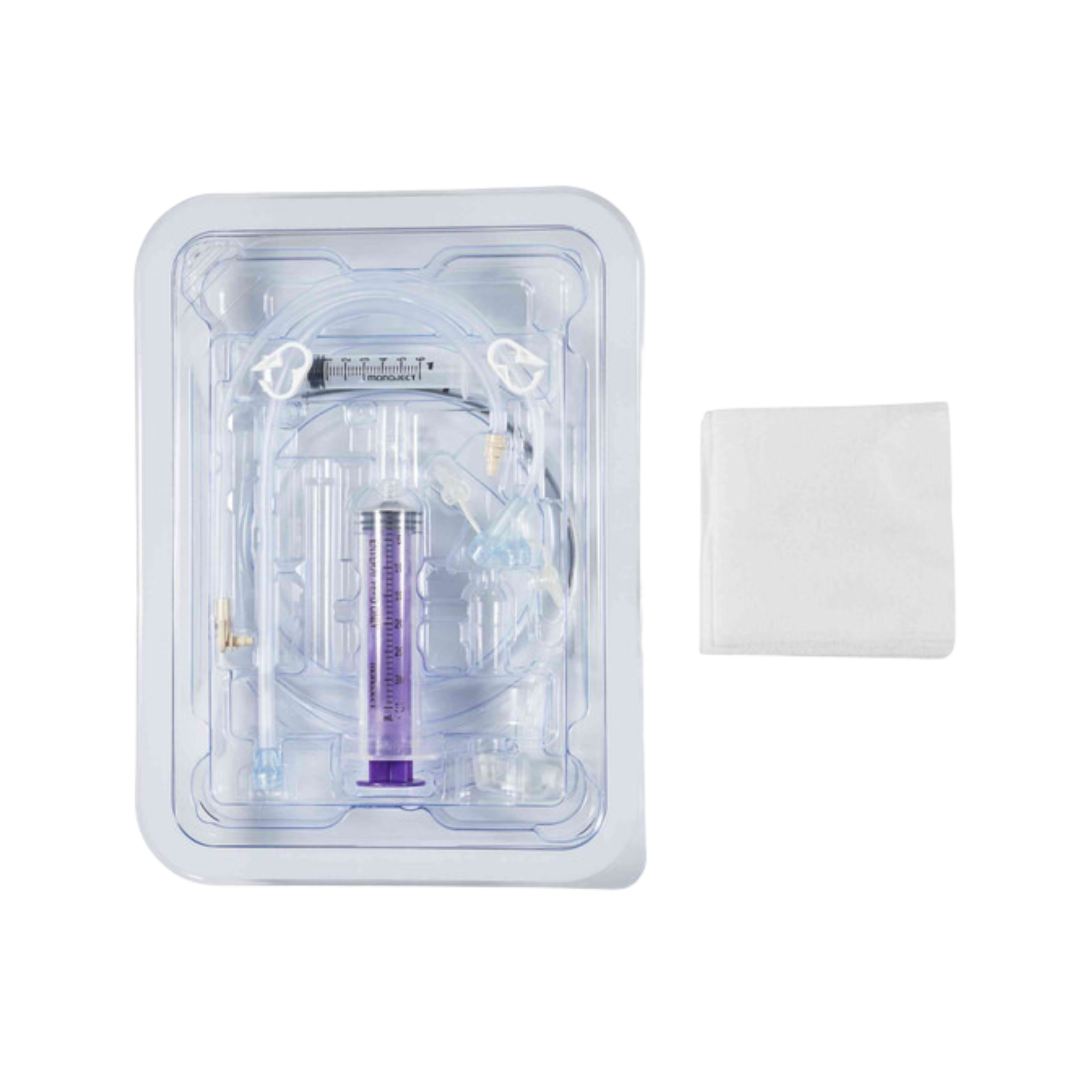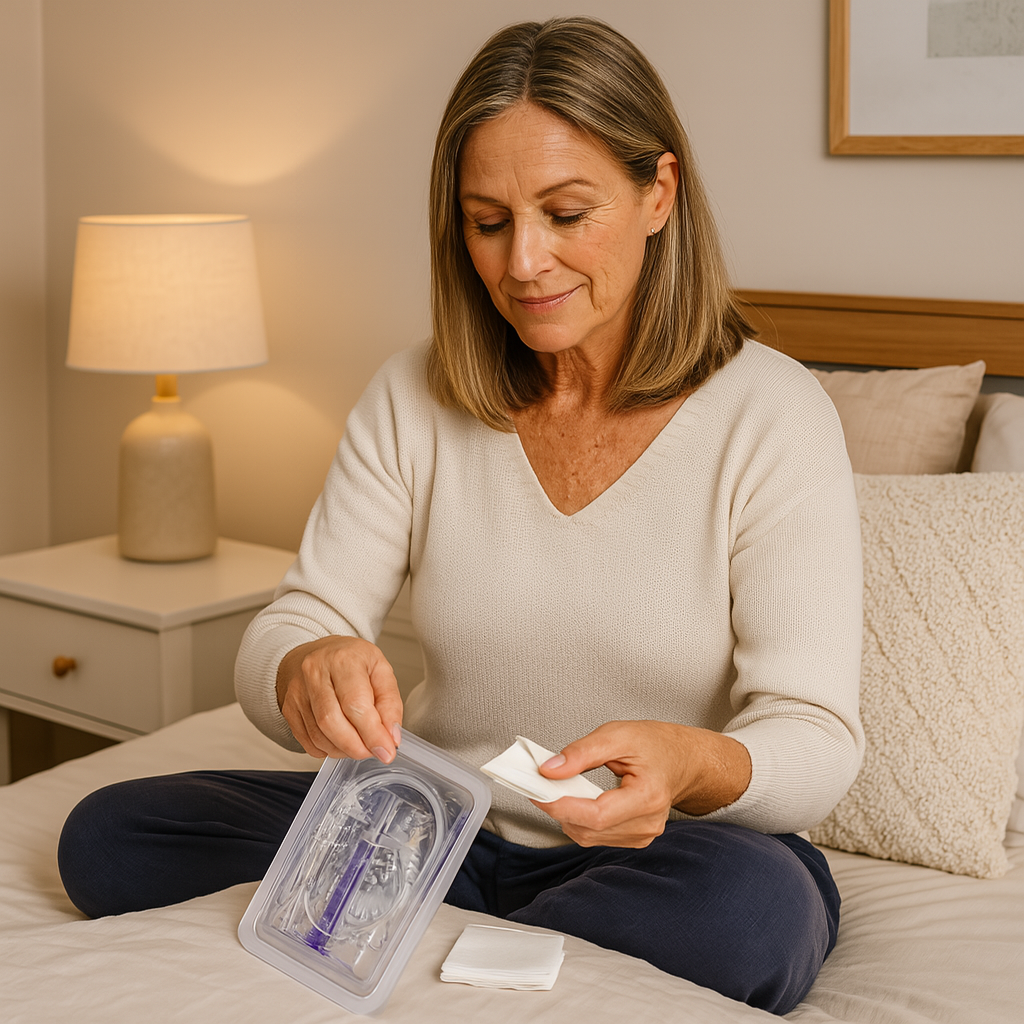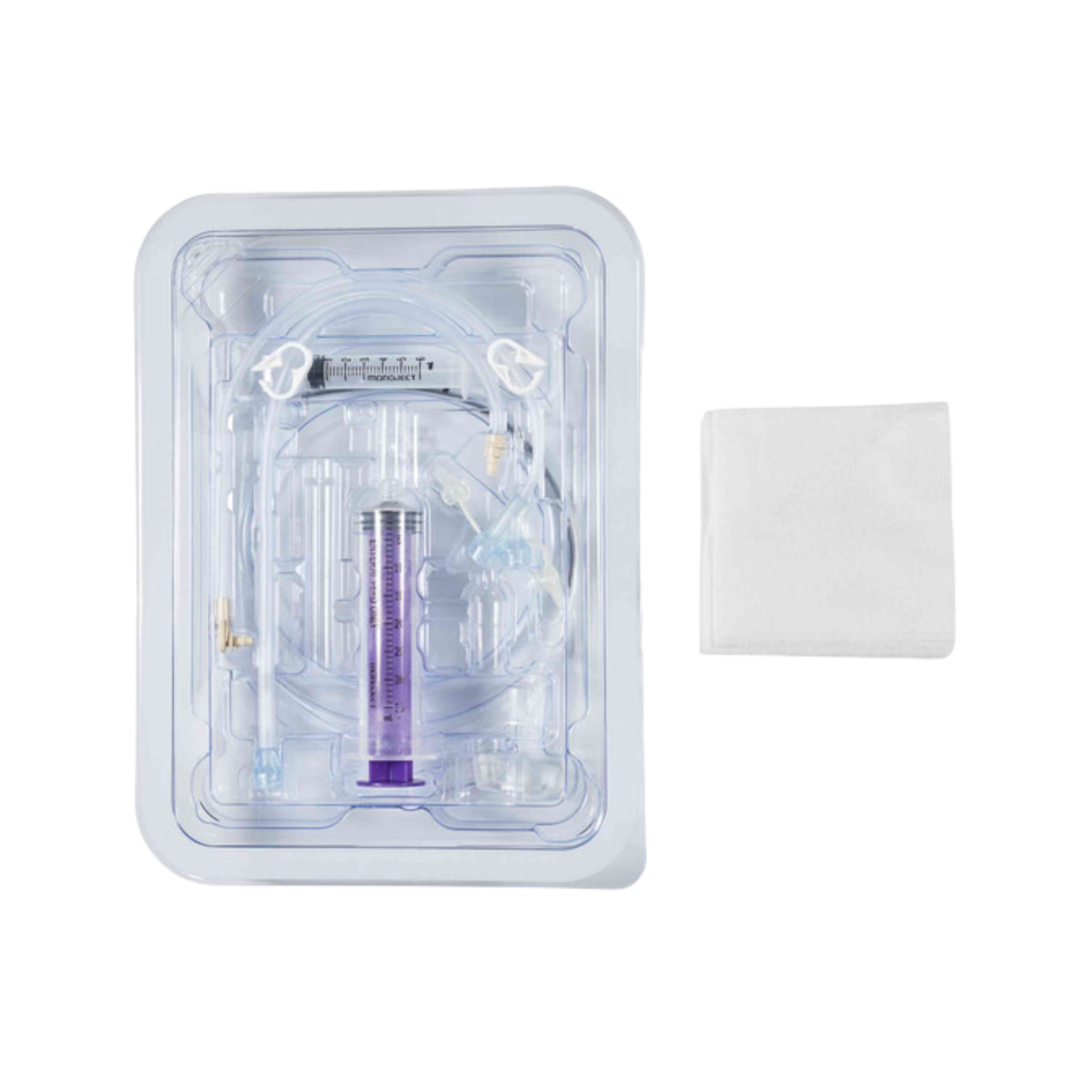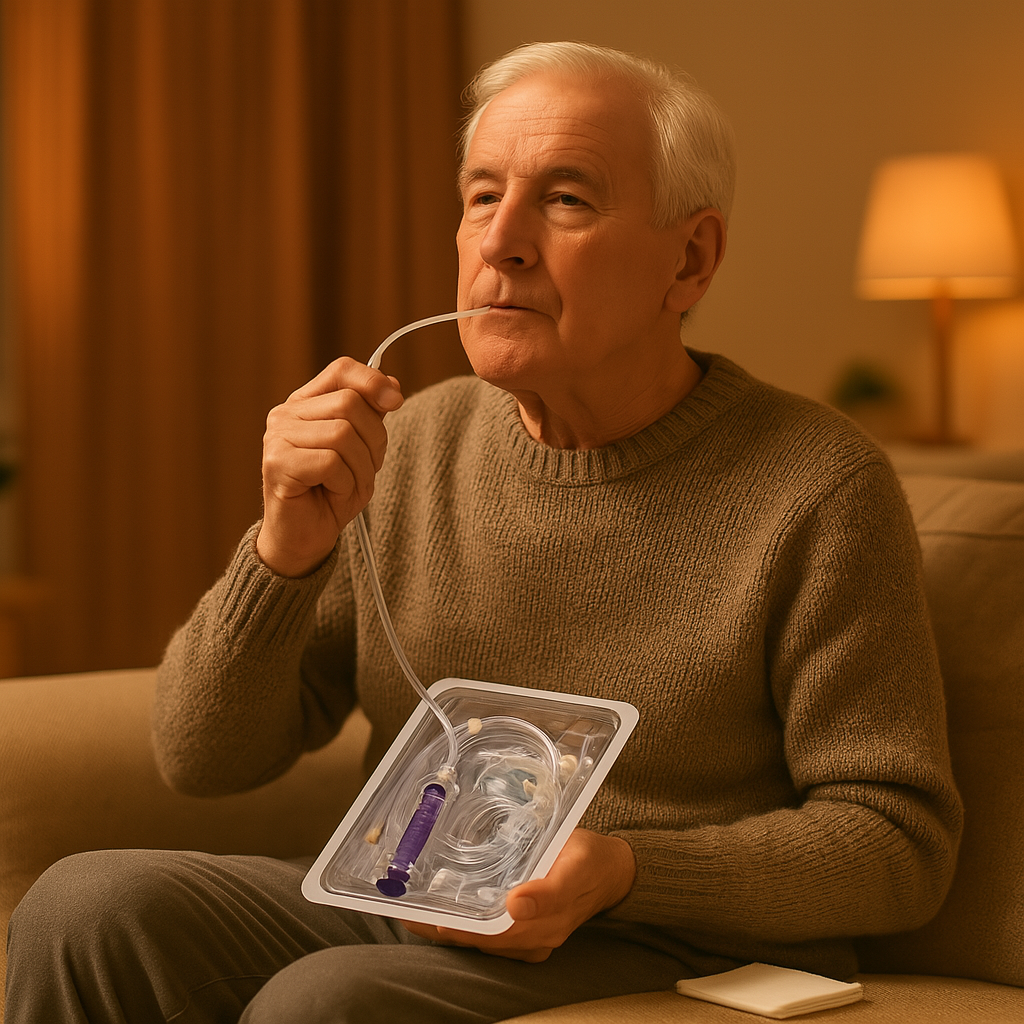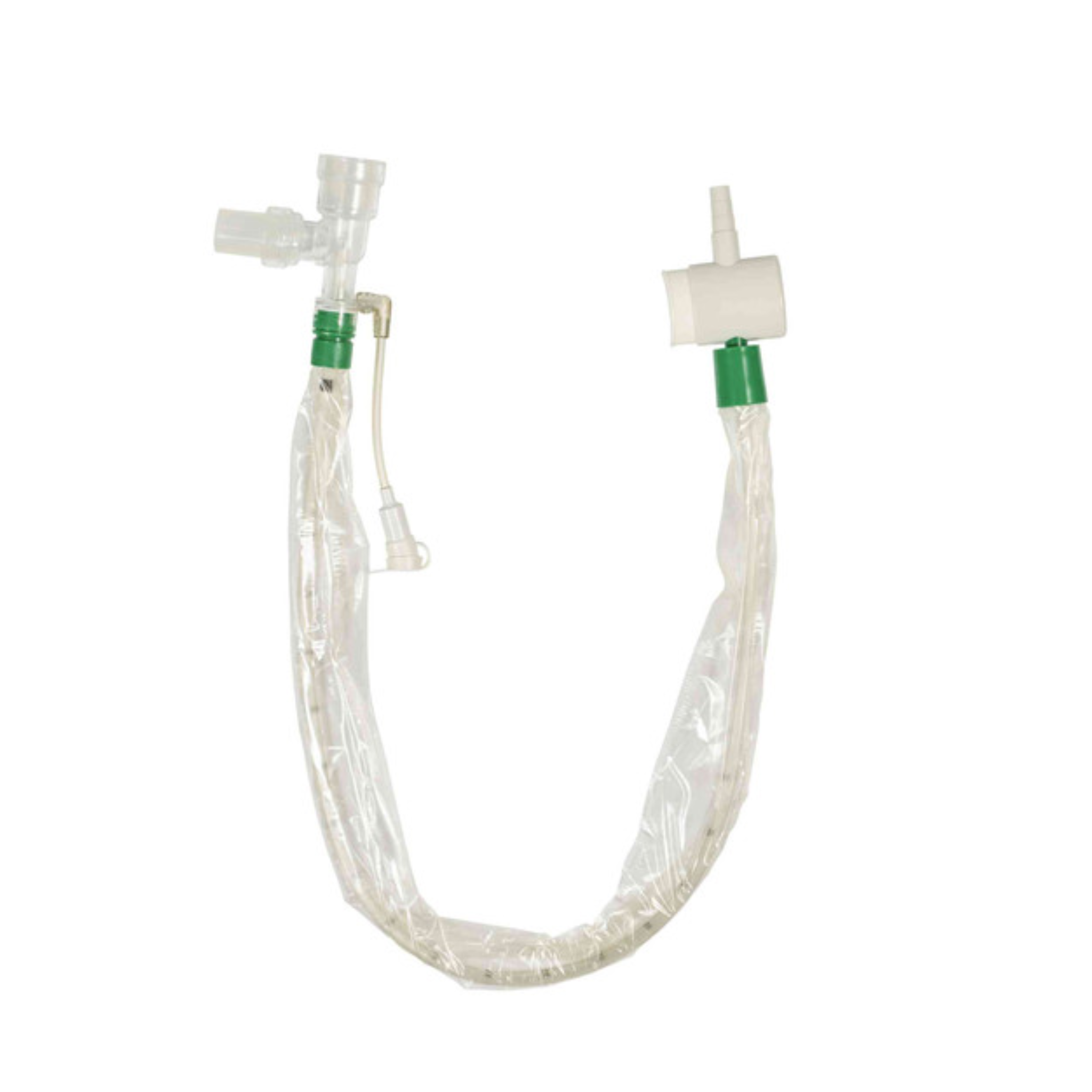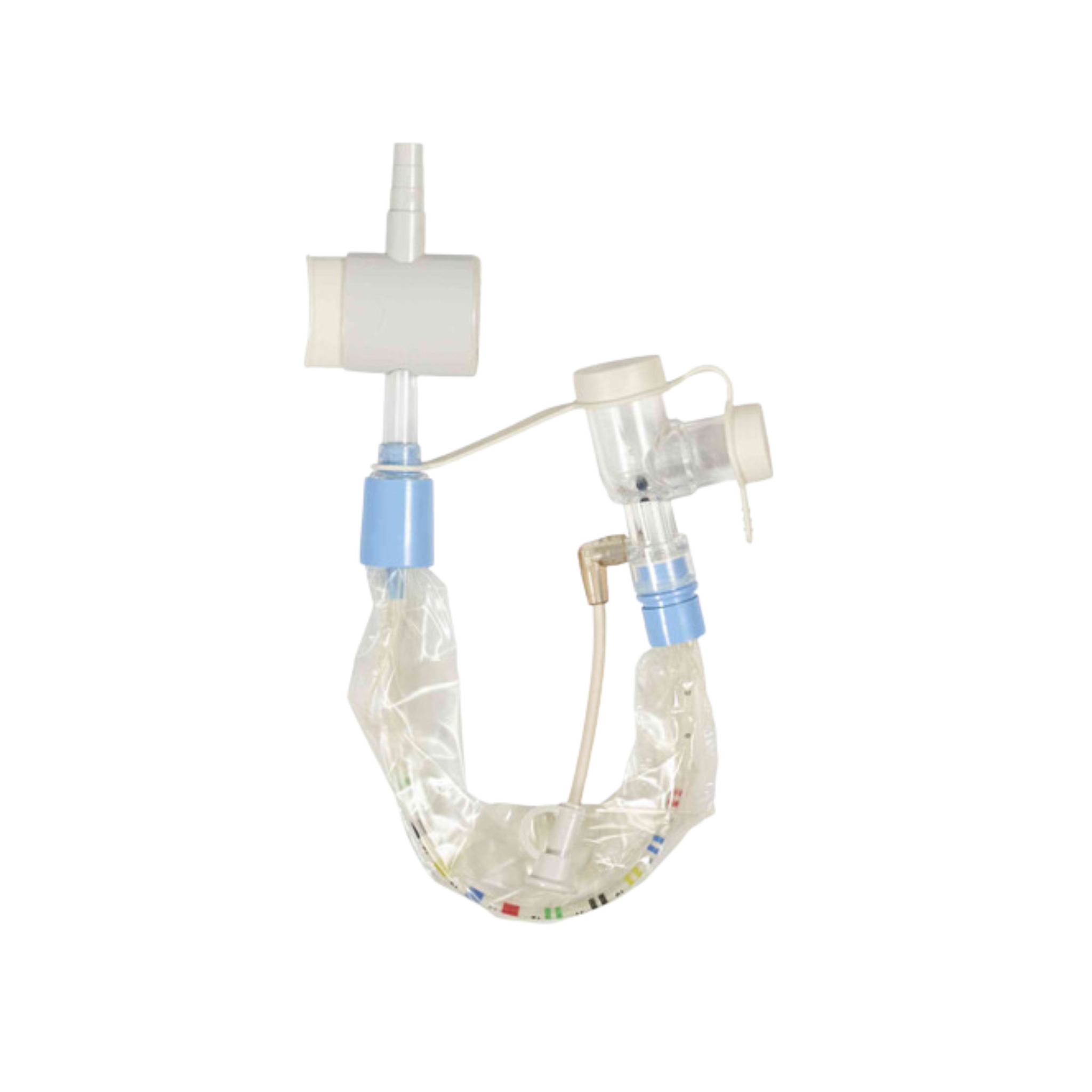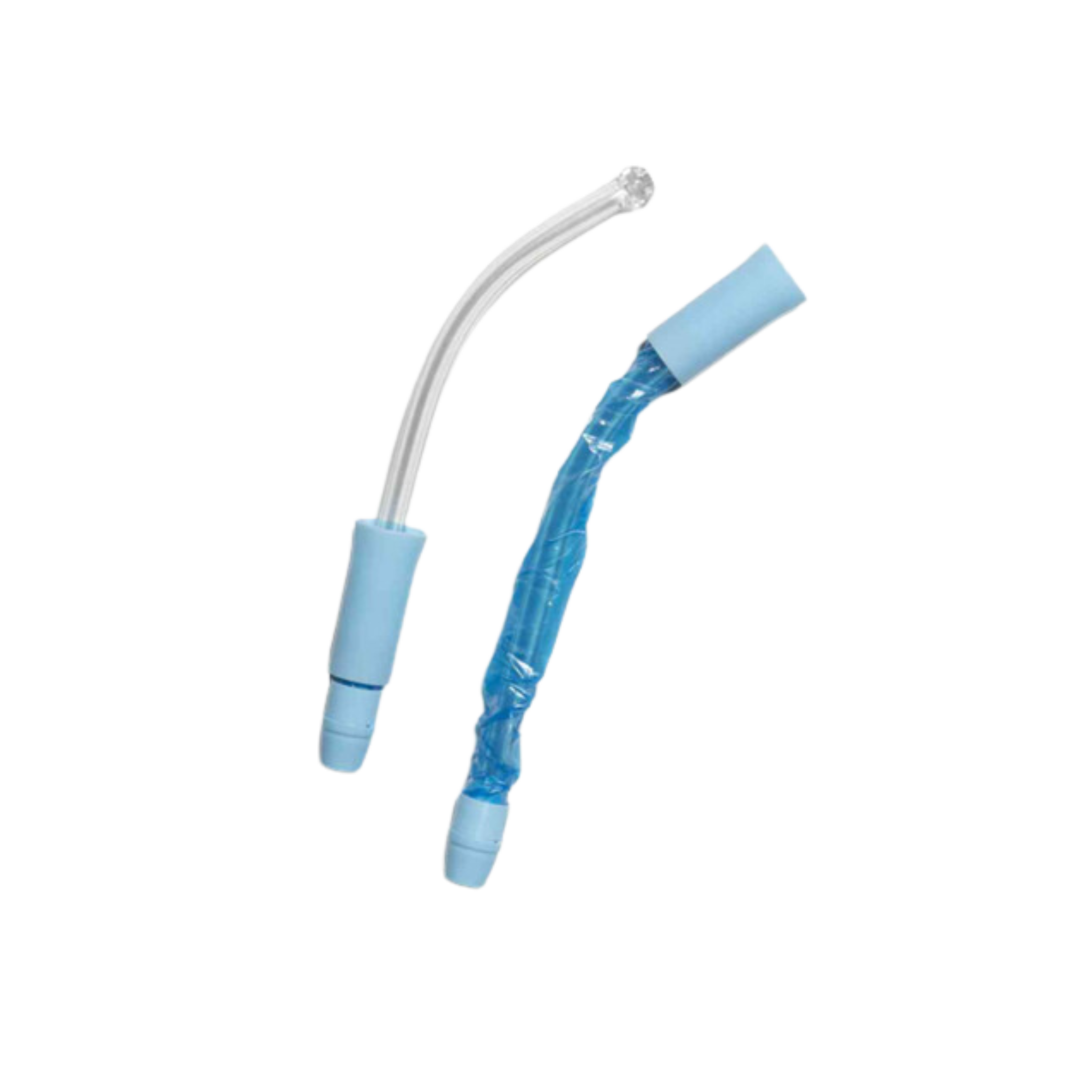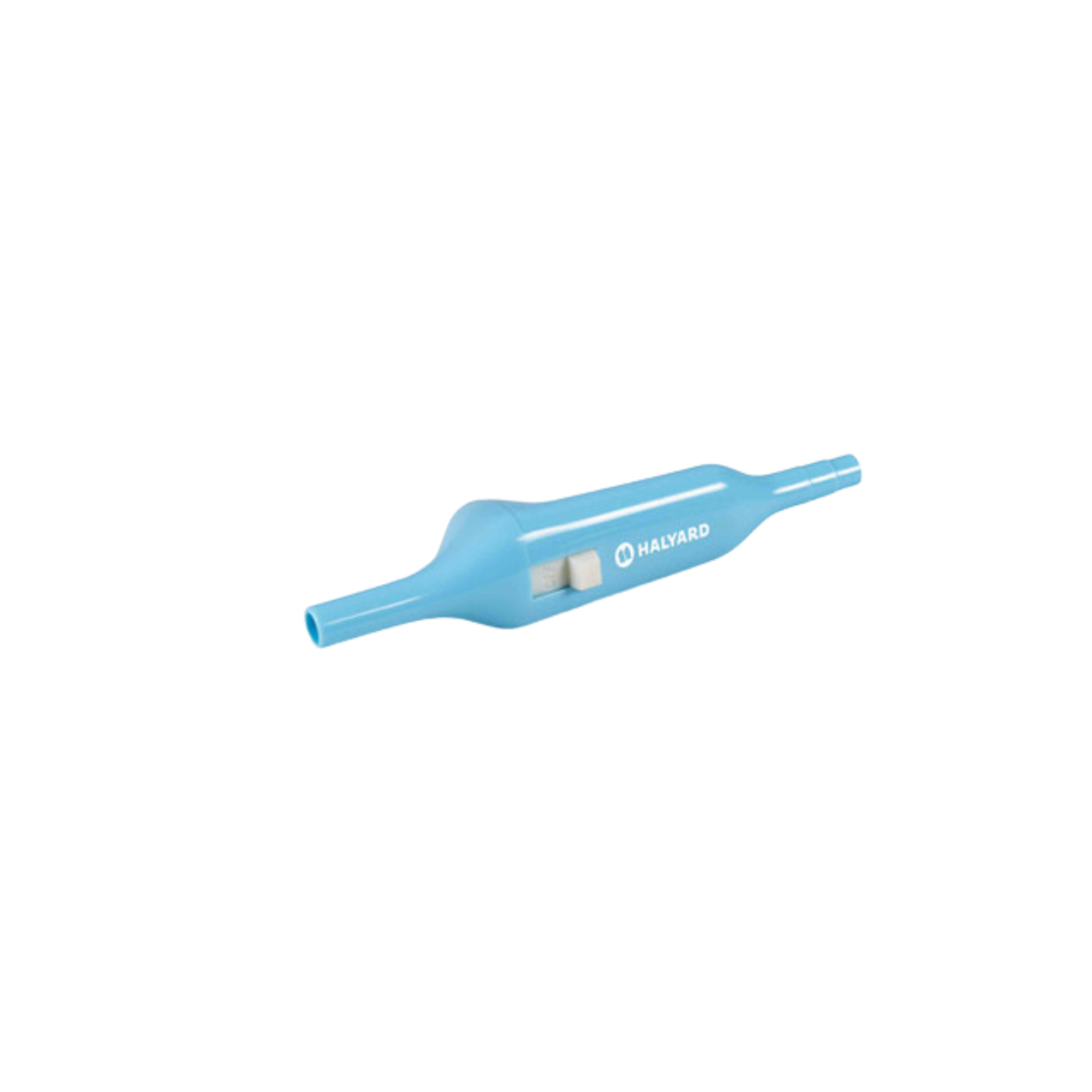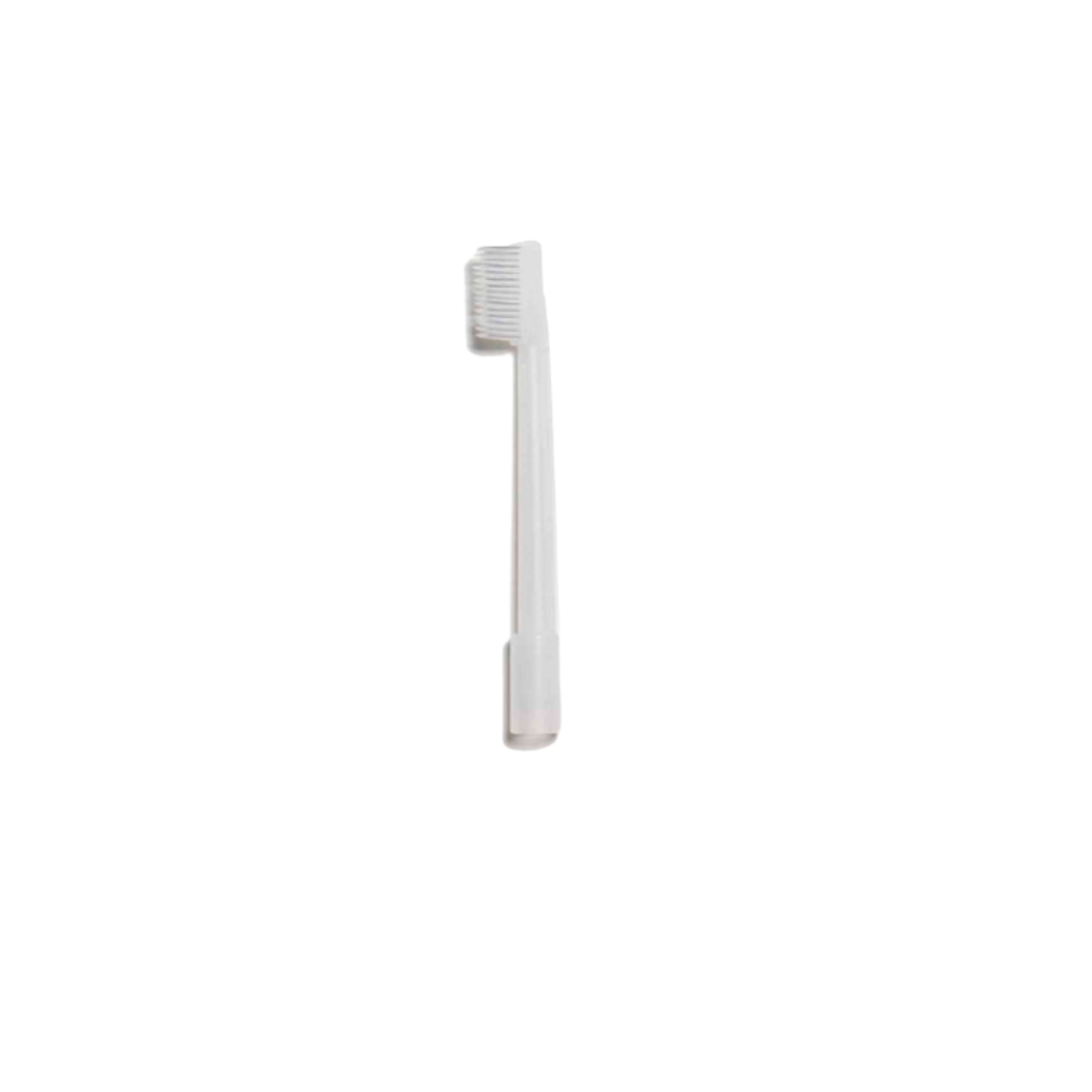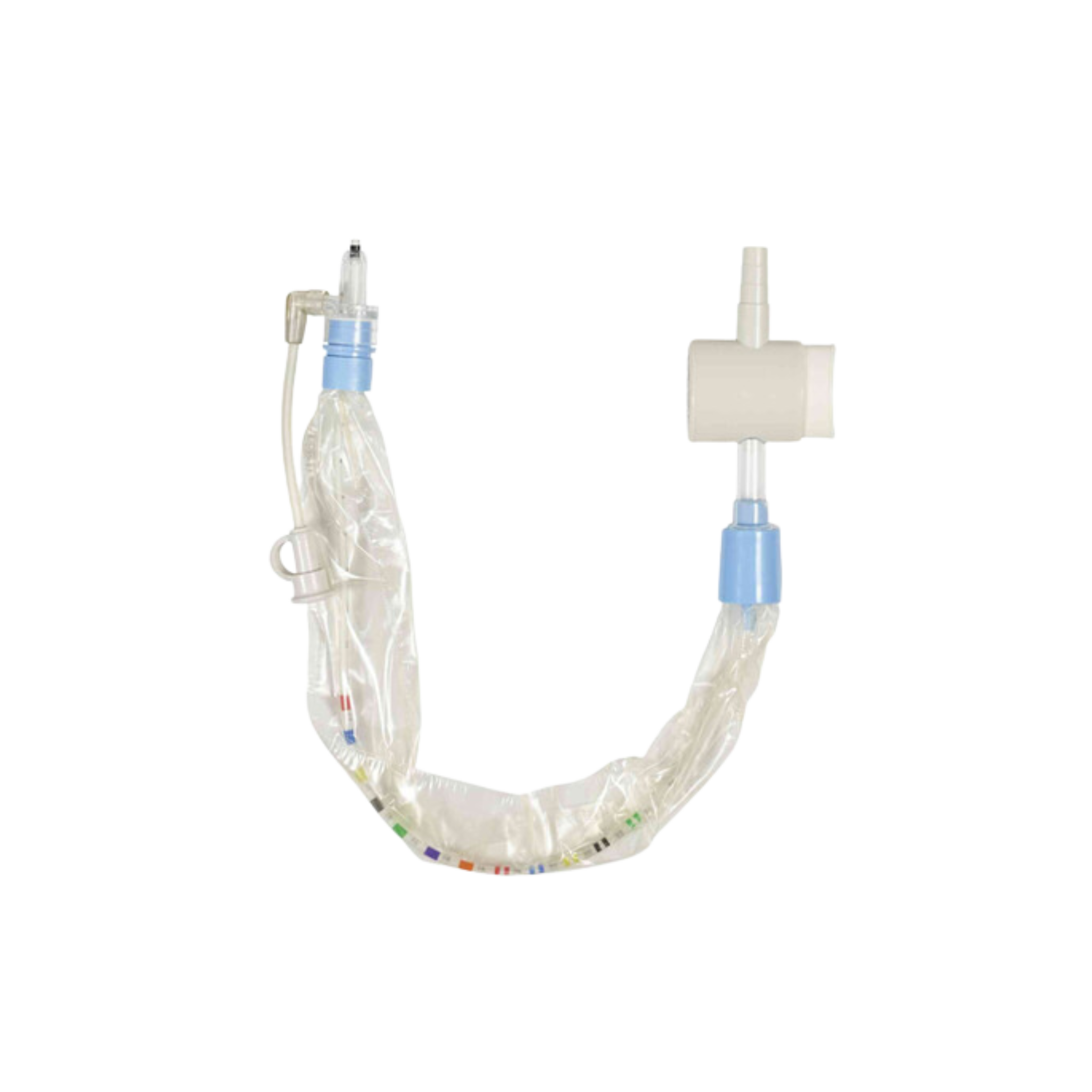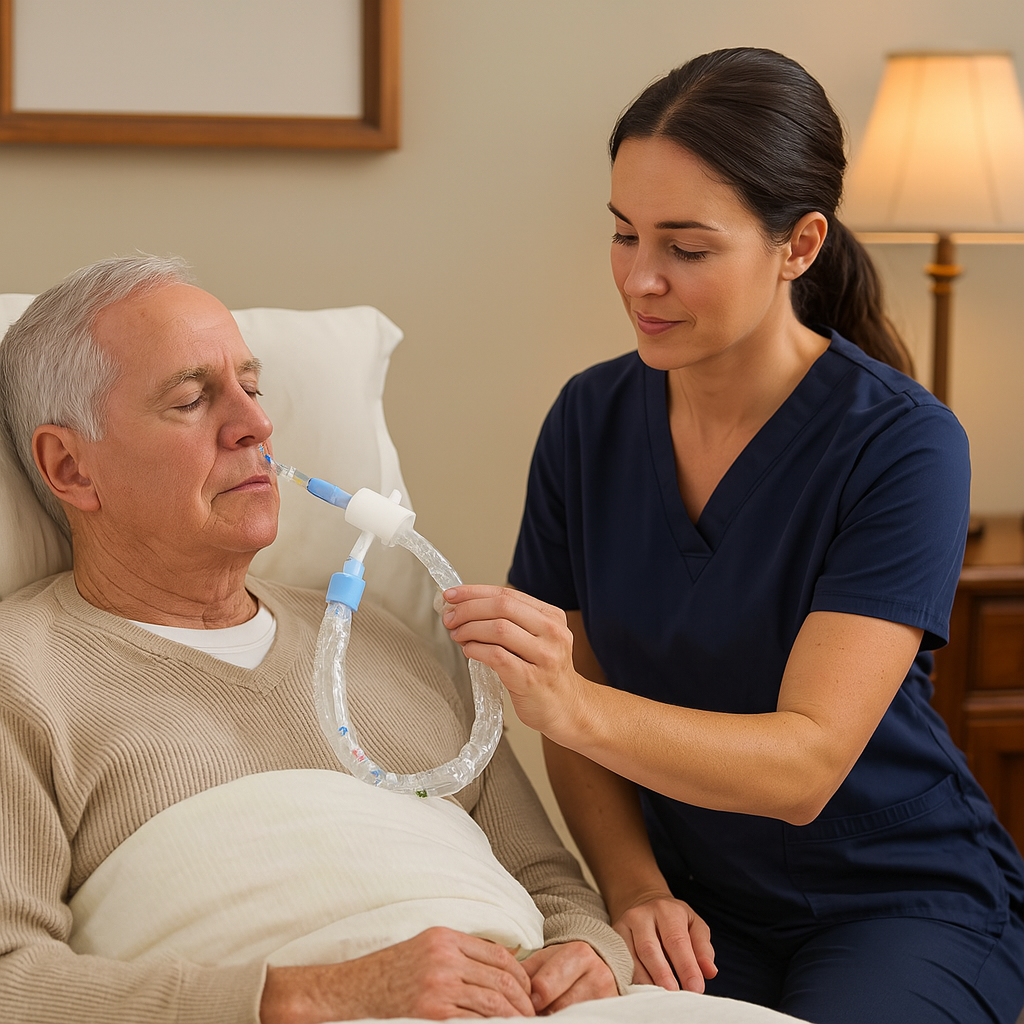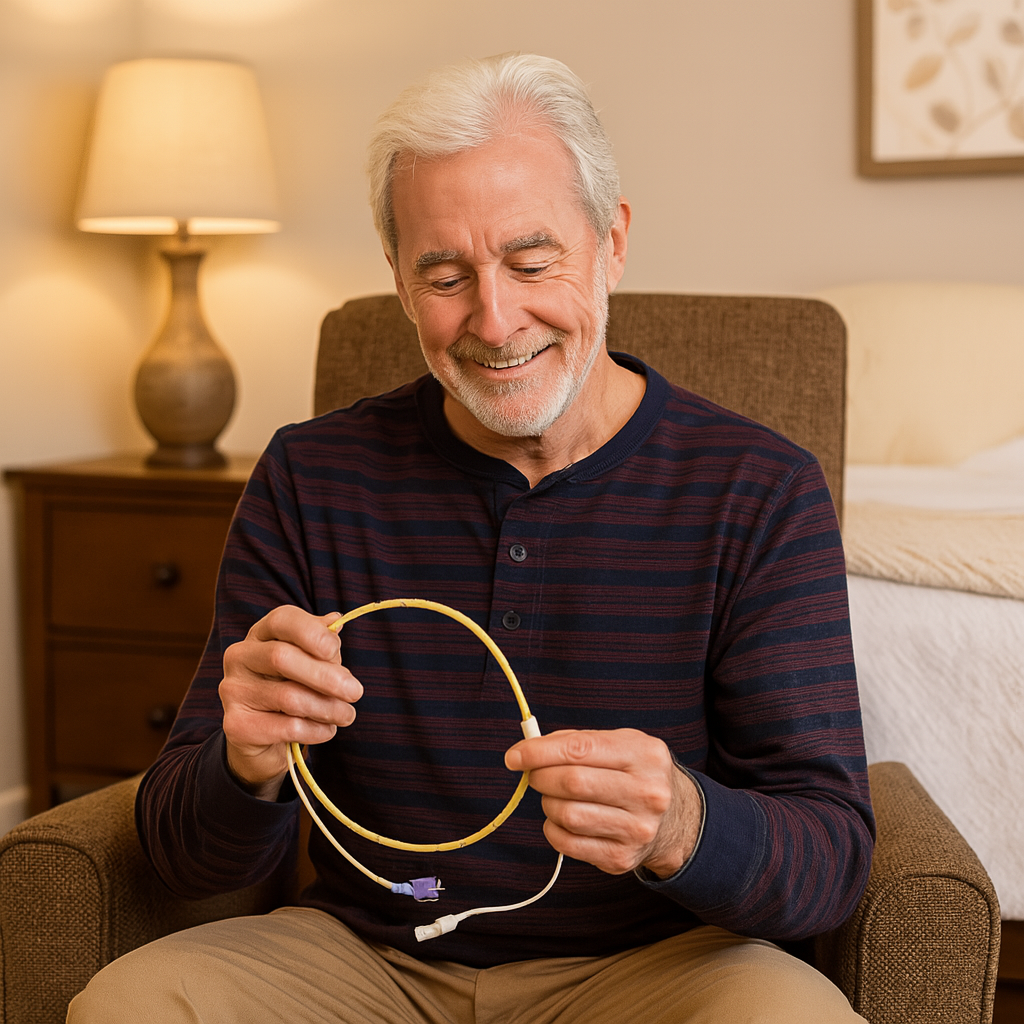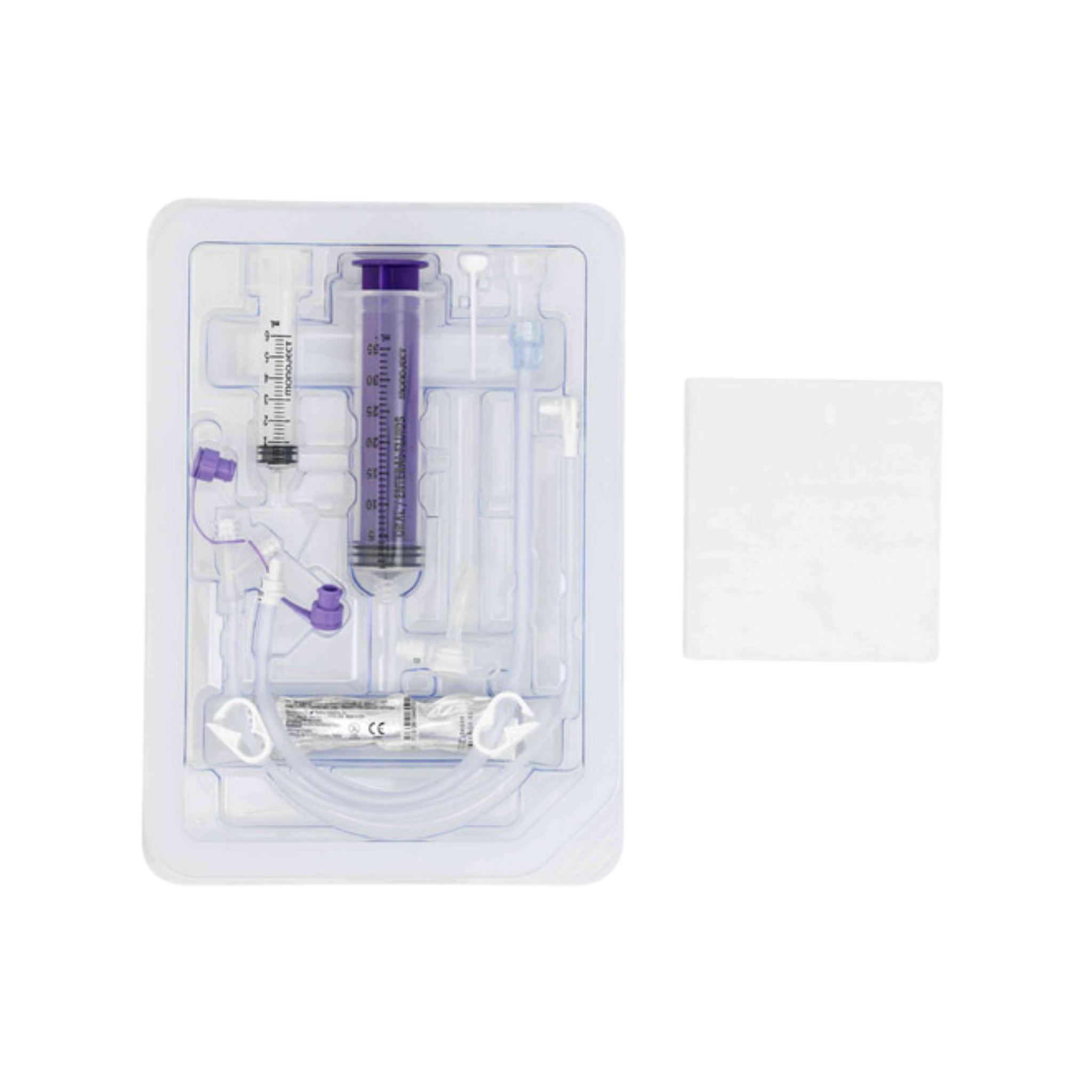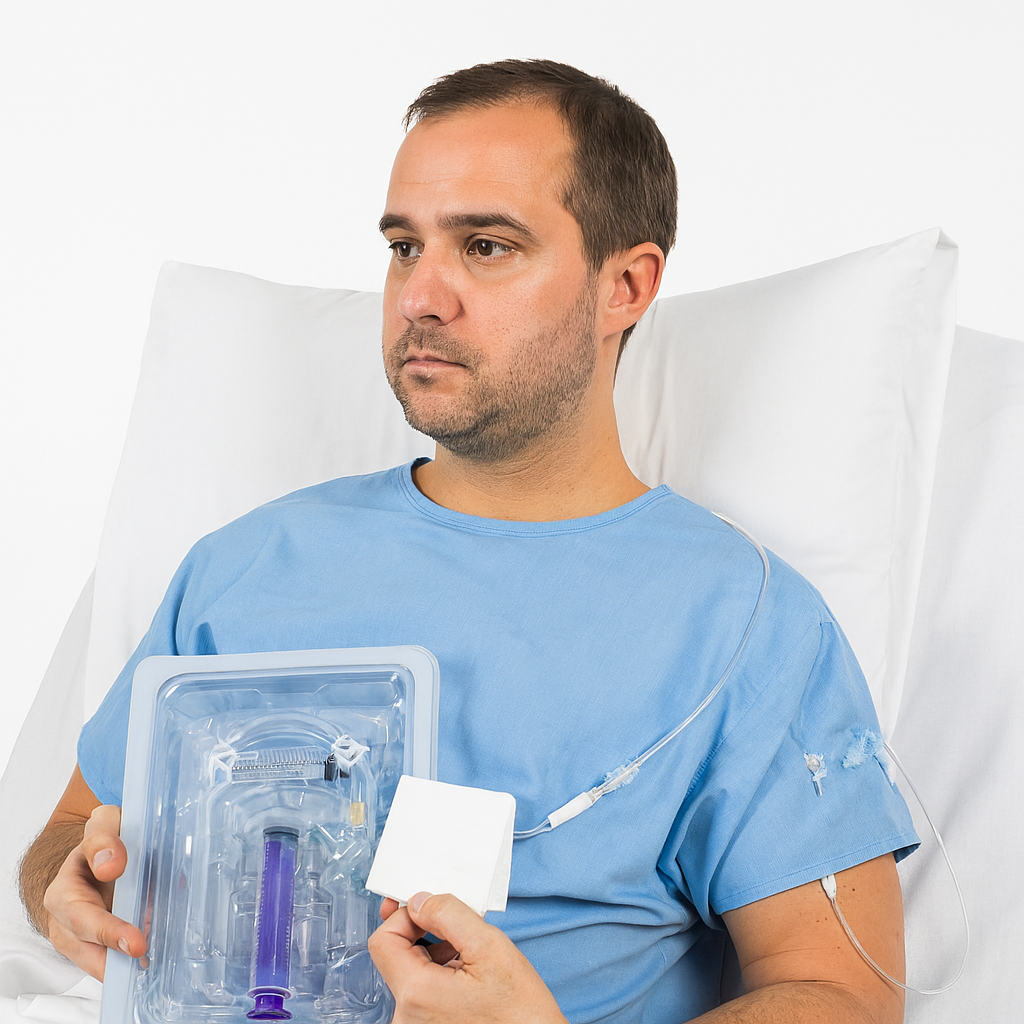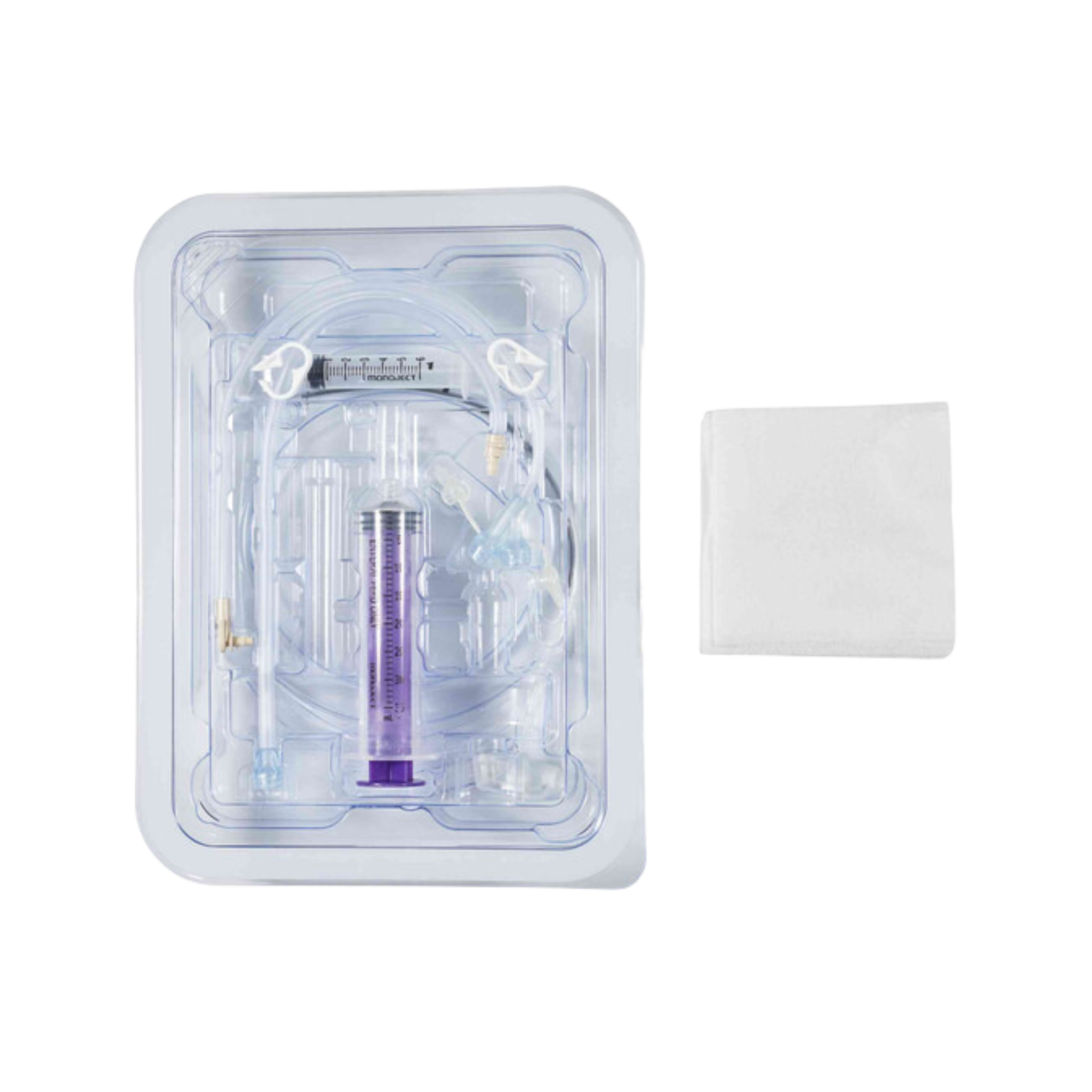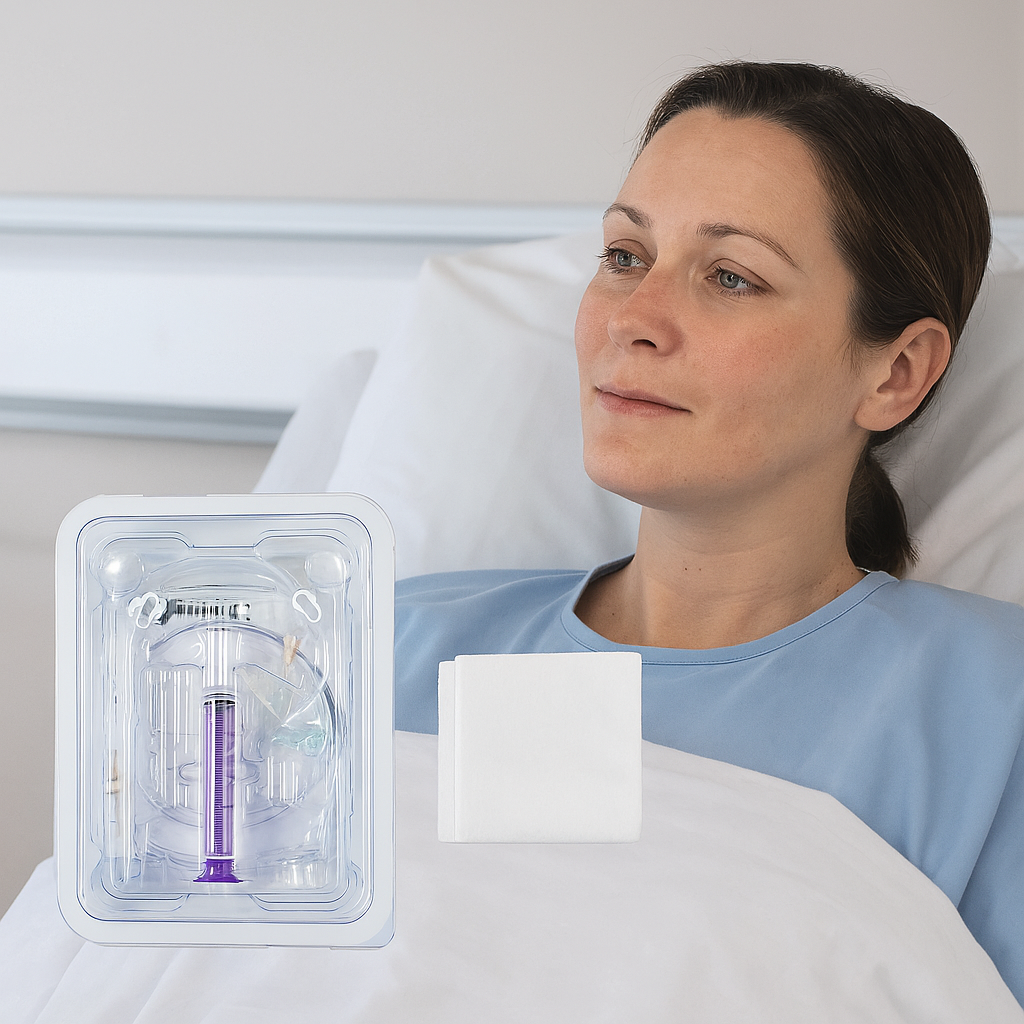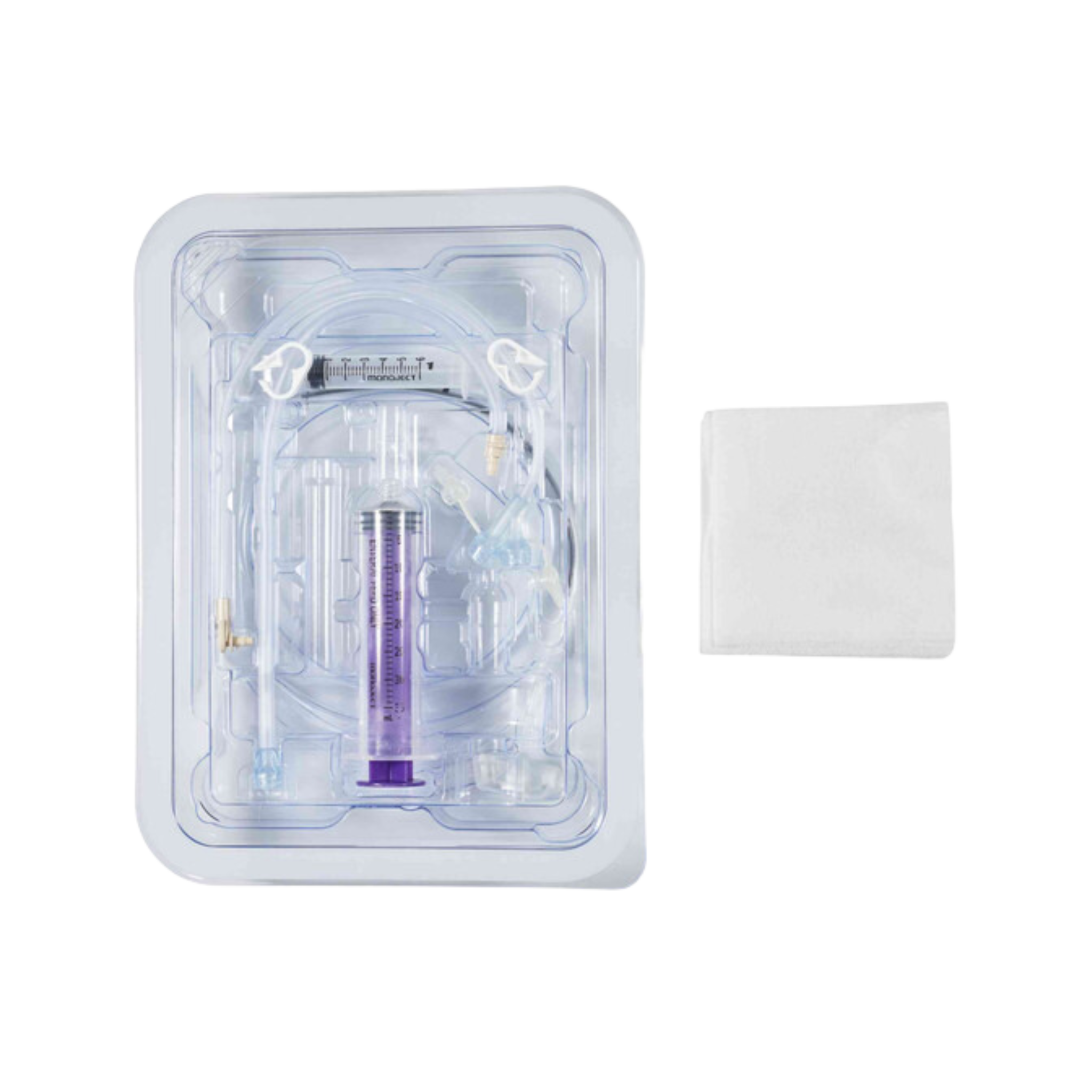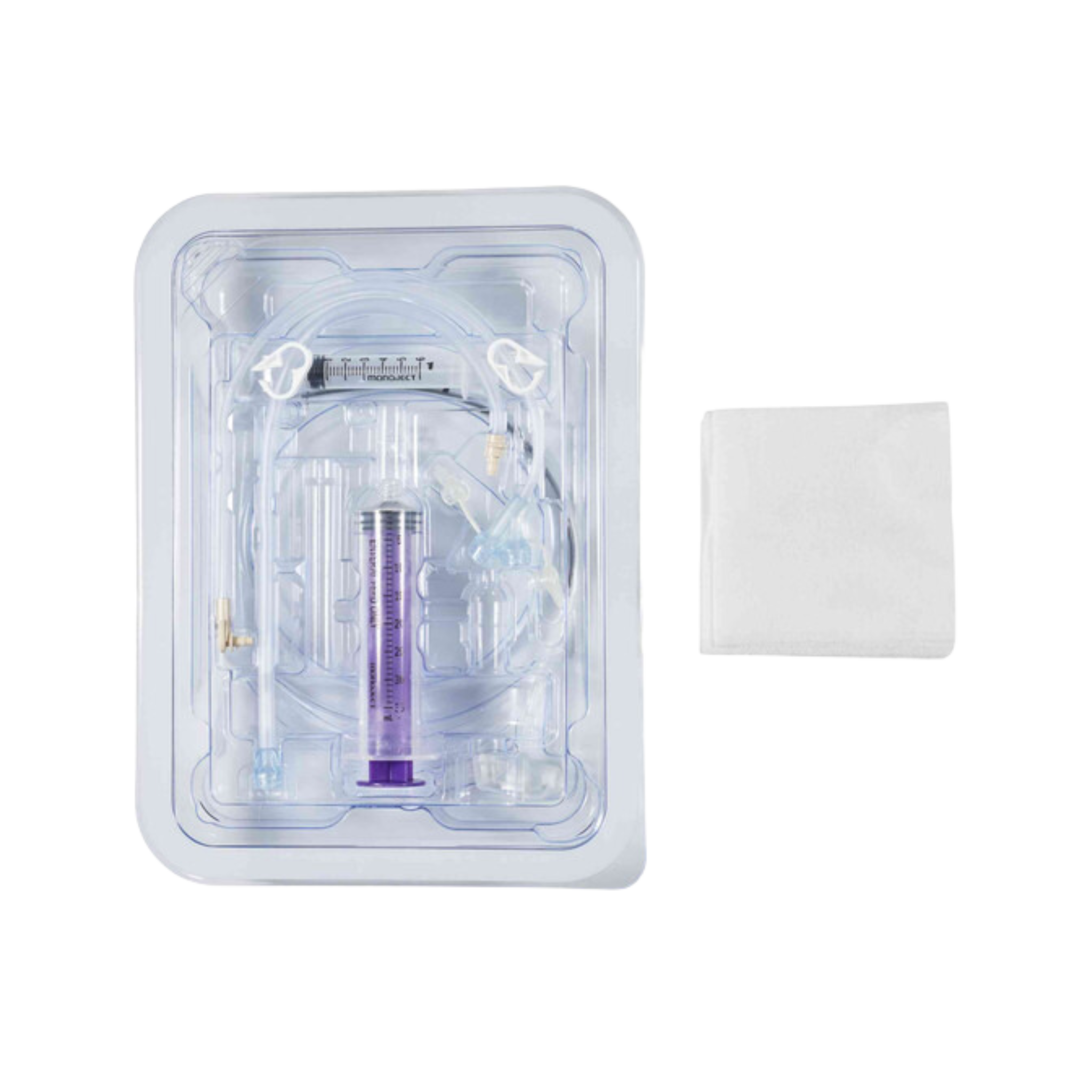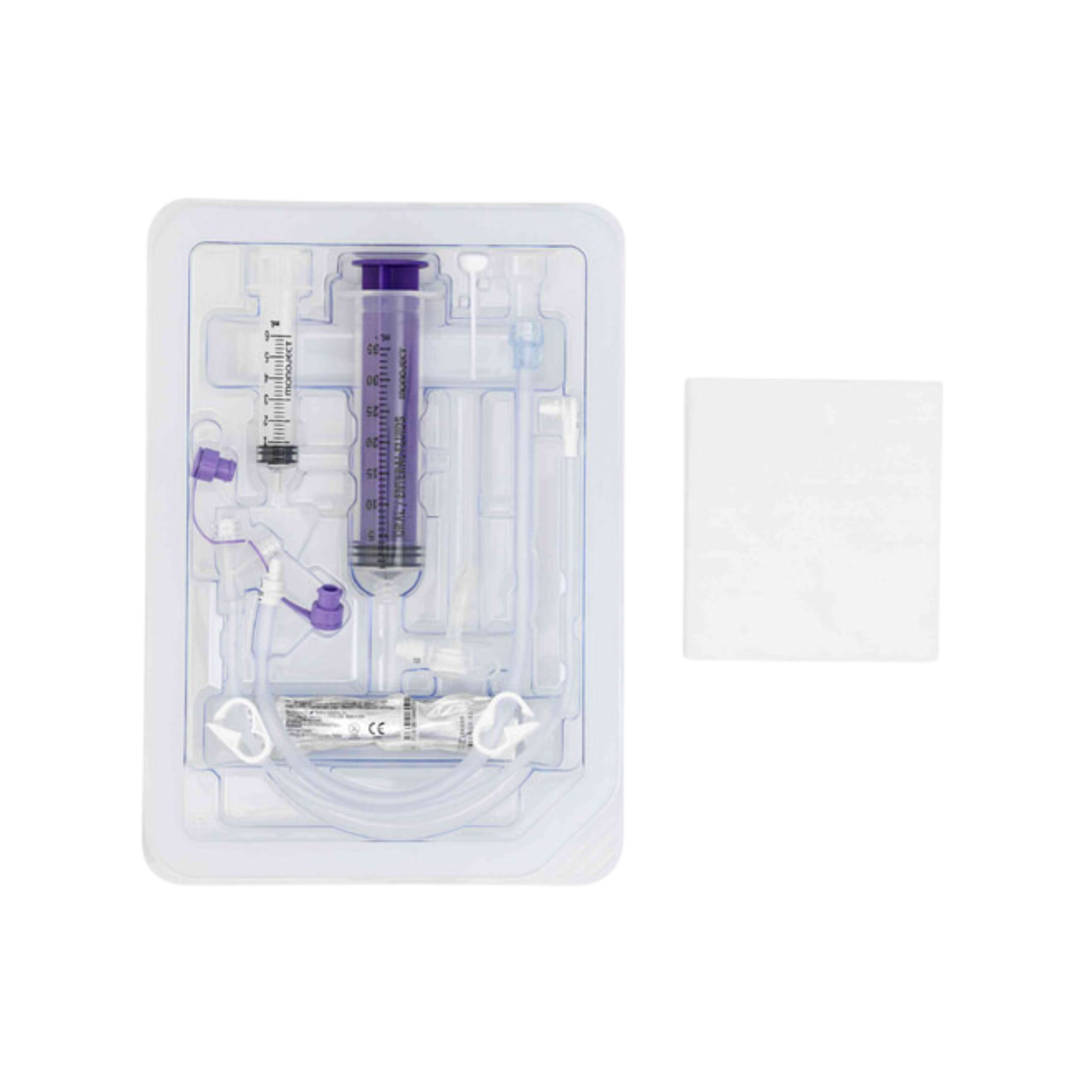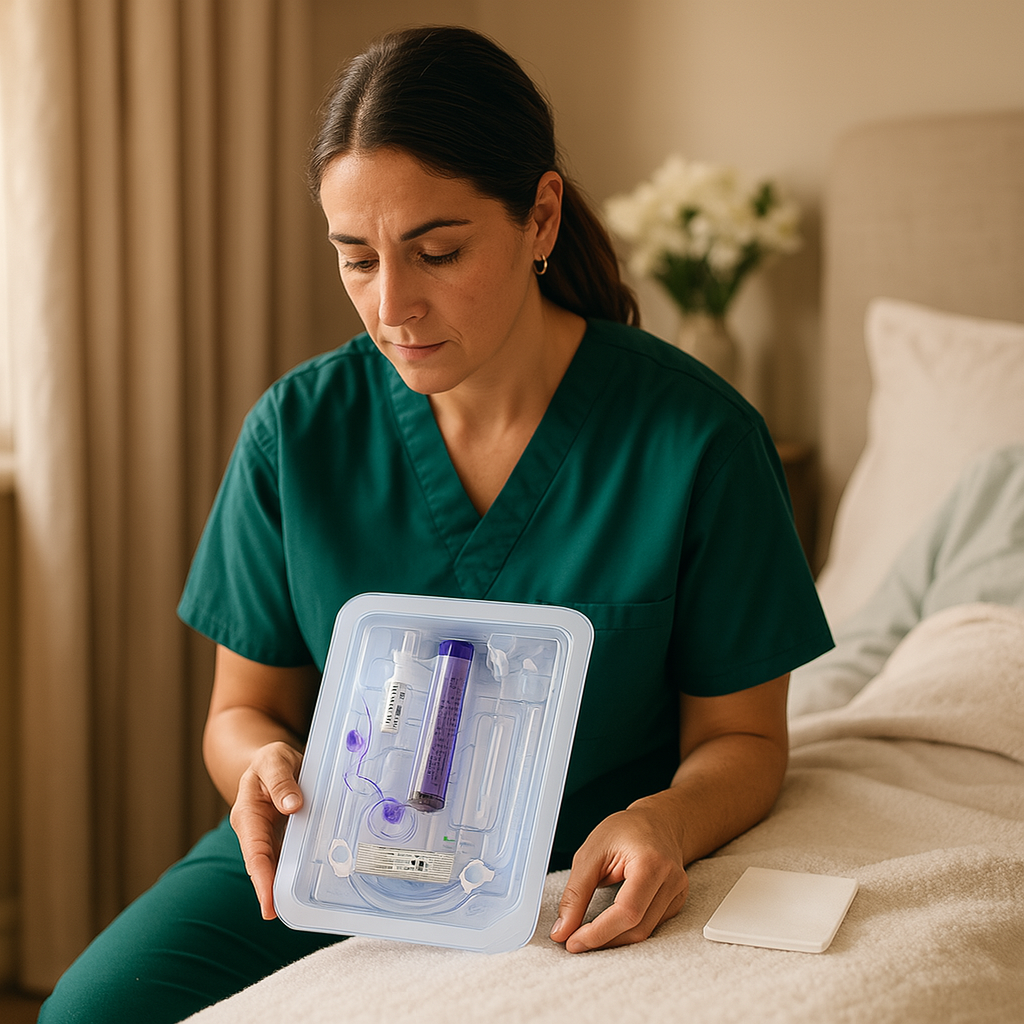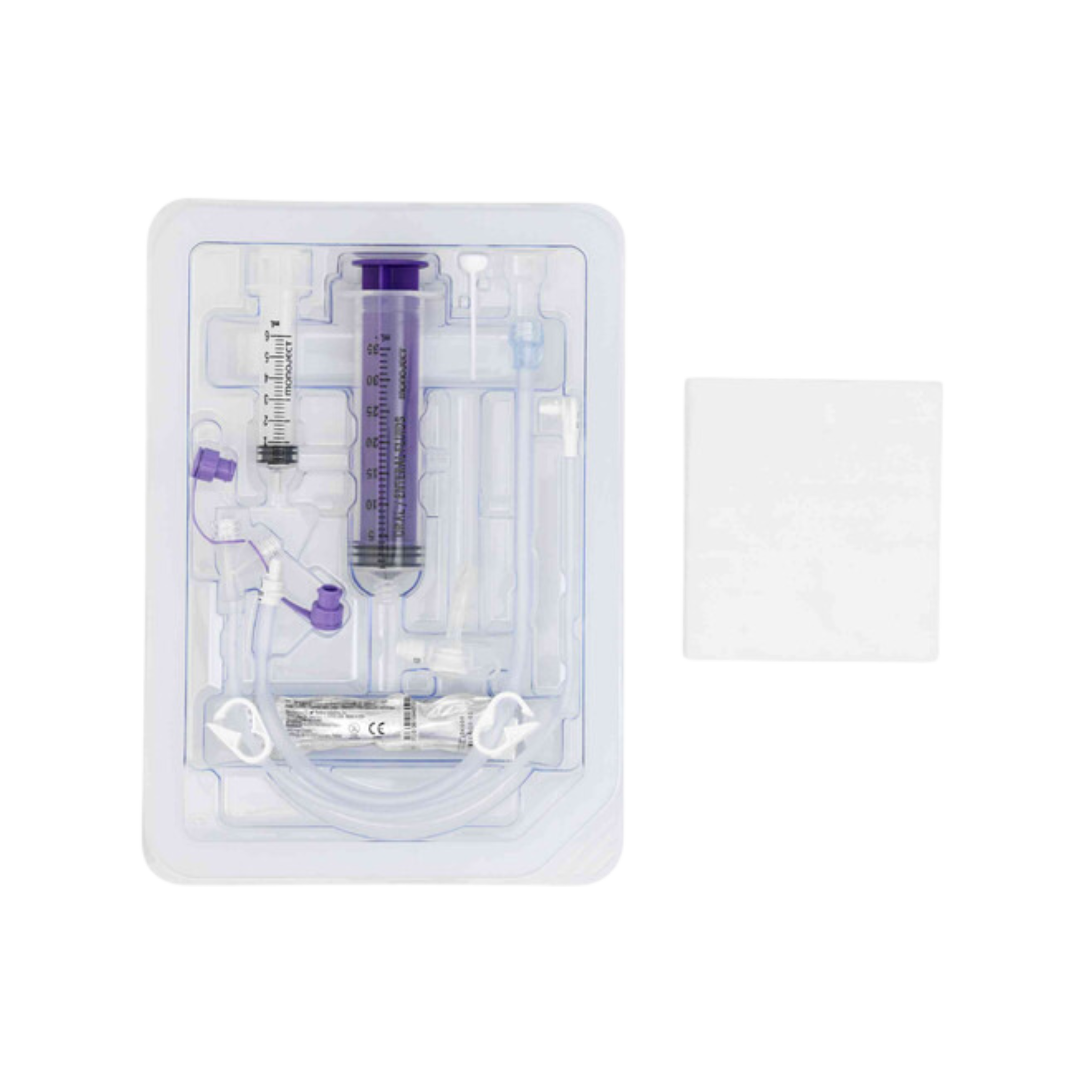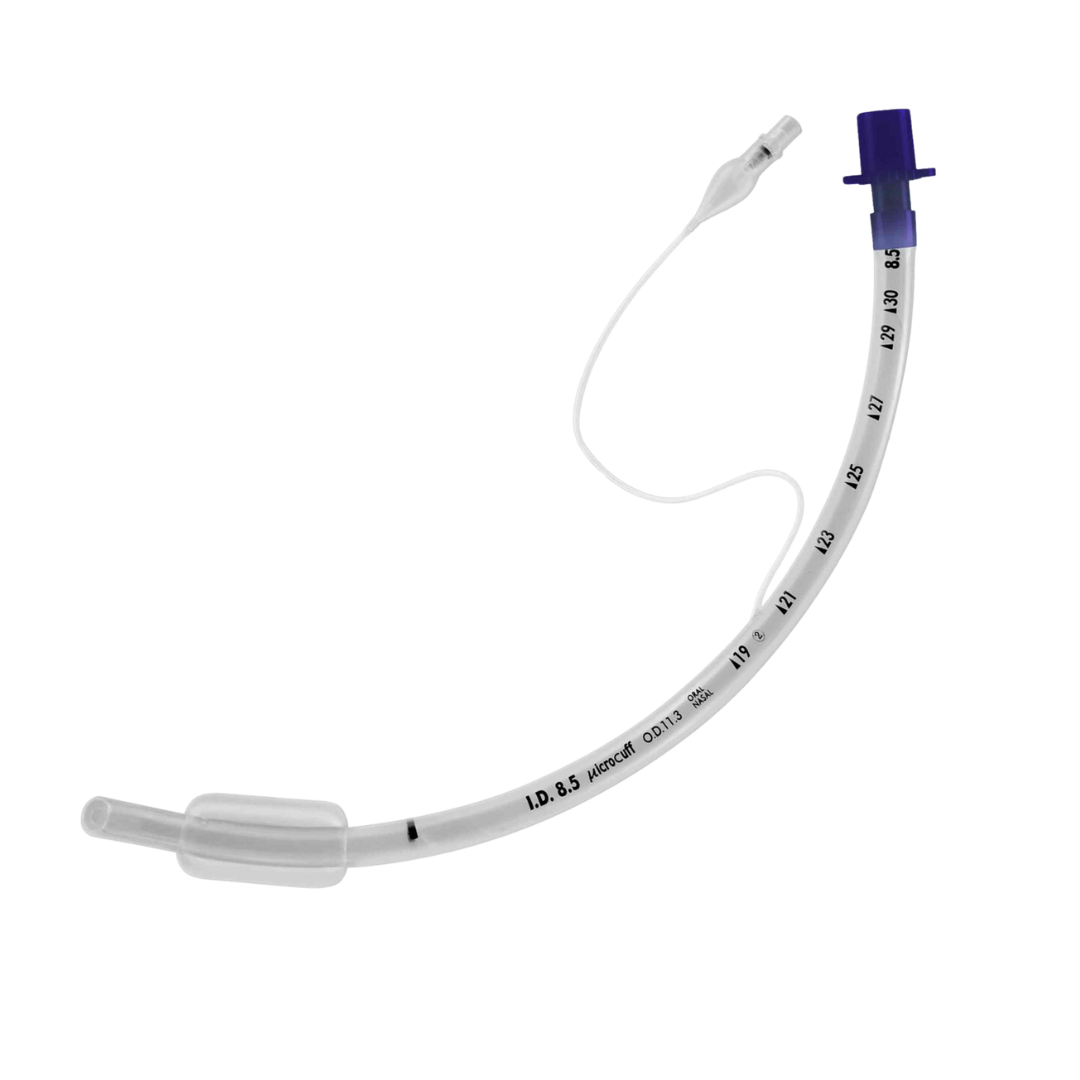Enteral Feeding: A Complete Guide to Nutritional Support
Explore how enteral feeding supports clinical care through safe and effective nutritional delivery. Learn about feeding tubes, methods, and key benefits.
Summary
Enteral feeding, commonly known as tube feeding, is a clinical practice of delivering nutrition directly into the gastrointestinal (GI) tract for individuals who are unable to consume food orally. It’s used extensively in hospitals, aged care settings, and for patients recovering at home from serious illness, surgery, or trauma. This guide provides a comprehensive look at enteral nutrition: what it is, how it’s administered, why it's preferred over parenteral methods, and answers to common questions. Designed for carers, health professionals and families, this resource explains the importance of enteral feeding and supports confident, informed care decisions.
What is Enteral Feeding?
Enteral feeding is the process of supplying nutritional formulas directly into the digestive system through a tube. It is typically used when patients have a functioning GI tract but are unable to eat or swallow safely.
Unlike intravenous feeding (parenteral nutrition), enteral feeding keeps the digestive system active and supports gut health. This method is suitable for both short-term and long-term care and is often used in aged care, hospital wards, and for patients managing chronic conditions at home.
Common Conditions Requiring Enteral Nutrition:
- Neurological disorders (e.g., stroke, ALS, Parkinson’s disease)
- Head and neck cancers
- Severe burns or trauma
- Gastrointestinal surgery or obstructions
- Malnutrition or anorexia
- Coma or reduced consciousness
According to the Australian Society for Parenteral and Enteral Nutrition (AuSPEN), enteral feeding is the preferred method of nutritional support when the gut is functioning, as it offers physiological and cost advantages over parenteral nutrition.
Types of Enteral Feeding Tubes and Routes
There are several types of feeding tubes used in enteral nutrition, categorised based on the duration of feeding and the anatomical route.
Short-Term Feeding Tubes:
These are typically used for periods of less than 4–6 weeks.
- Inserted through the nose into the stomach. Common for acute care or postoperative patients.
- Also inserted via the nose, but the tip passes into the jejunum. Often used when the stomach cannot be used (e.g., delayed gastric emptying or high aspiration risk).
Long-Term Feeding Tubes:
Used when long-term nutritional support is required.
- Inserted endoscopically through the abdominal wall into the stomach. Often used for patients with chronic swallowing difficulties.
- Inserted directly into the jejunum through the abdomen. Appropriate for patients who cannot tolerate gastric feeding.
Why is Enteral Feeding Important?
Enteral feeding ensures that patients receive adequate energy, protein, and nutrients needed for healing, especially when oral intake is insufficient or unsafe. It helps prevent malnutrition and muscle wasting, boosts immune function, and promotes wound healing.
According to a review published in Nutrition in Clinical Practice, enteral nutrition significantly reduces hospital length of stay and complication rates compared to patients who receive parenteral nutrition².
Key Benefits of Enteral Feeding:
- Maintains gut function and prevents mucosal atrophy.
- Supports better nutrient absorption compared to parenteral feeding.
- Cost-effective and safer over the long term.
- Reduces the risk of infection associated with intravenous lines.
Enteral Feeding is Administered Through…
Enteral feeding is administered using various access points and devices:
- Nasogastric/Nasojejunal tubes for short-term use.
- Gastrostomy/Jejunostomy tubes for long-term care.
- Feeding pumps or gravity bags to regulate flow and prevent discomfort.
- Pre-prepared nutritional formulas that are balanced and sterile.
Healthcare providers assess patient tolerance, tube patency, and metabolic needs when prescribing enteral nutrition, often adjusting formulas and schedules as conditions change.
Is Enteral Feeding the Same as Tube Feeding?
Yes. While "tube feeding" is more commonly used in patient-facing settings, "enteral feeding" is the clinical term used in hospitals and professional care plans. Both involve delivering nutrition through a tube directly to the digestive system.
The method chosen depends on:
- Medical diagnosis
- Duration of feeding support needed
- Risk of aspiration
- Functional status of the GI tract
Patient and Carer Considerations
Successful enteral feeding at home requires education, confidence, and ongoing support. Healthcare professionals provide training to ensure patients and carers can safely manage feeding equipment and schedules.
Tips for Safe Home Feeding:
- Keep the feeding area clean and organised.
- Store formulas as directed, usually in a cool dry place.
- Regularly flush the tube with sterile water to avoid clogging.
- Watch for complications such as redness, leakage, or pain around the tube site.
- Maintain detailed records of feeding volume, time, and patient response.
Government and non-profit organisations in Australia offer resources and assistance programs to support families managing enteral nutrition at home.
Featured Products
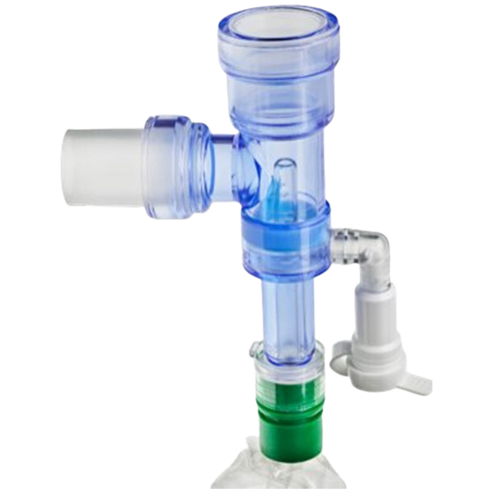
Avanos BALLARD 14Fr 4.6mm 54cm Closed Suction System- TURBO Cleaning WET PAK (12x15ml Saline Vials) T-Piece MDI Built-In Endotracheal - Box of 20
The Avanos BALLARD Closed Suction System offers TURBO cleaning and T-Piece MDI Built-In Endotracheal technology, providing efficient and hygienic suctioning. It includes 12x15ml saline vials for added convenience. Box of 20.


How Enteral Feeding is Administered
Enteral feeding is administered using formulas that meet complete nutritional requirements. These formulas are typically liquid and may include proteins, carbohydrates, fats, fibre, vitamins, and minerals.
Feeding Methods
- Delivered by syringe or gravity over a short period (15–20 minutes). It mimics traditional meals and is suitable for patients with good gastric tolerance.
- Administered several times a day using a feeding pump or gravity system. Allows breaks between feeds, giving flexibility to the patient.
- Delivered over 16–24 hours through an electronic pump. Ideal for patients who are critically ill or have poor GI function.
- A variation of continuous feeding that occurs over a set period each day (usually overnight), offering daytime flexibility.
Steps for Safe Feeding Administration:
- Confirm tube placement via x-ray or pH test.
- Wash hands and prepare sterile equipment.
- Flush the feeding tube with water before and after each feed.
- Monitor patient tolerance and record volume and timing.
These steps are especially important in hospital and home settings to prevent complications such as aspiration, infection, or tube blockage.
Common Questions About Enteral Feeding
-
Is Tube Feeding Enteral?
Yes, tube feeding is another term for enteral feeding. It simply refers to delivering nutrition via a tube directly into the digestive system.
-
Why is Enteral Feeding Better than Parenteral?
Enteral feeding is less invasive, supports digestive tract function, has a lower risk of infection, and is more cost-effective. It is preferred when the gastrointestinal system is intact and functional.
-
How is Enteral Feeding Administered Through a Gastrostomy Tube?
A gastrostomy tube, like a PEG, is inserted through the abdominal wall into the stomach. Nutrition is delivered either by bolus or continuous method. The formula flows directly into the stomach using a feeding syringe or an electric pump.
-
Who Initiates Enteral Feeding Through a Gastrostomy Tube?
Initiation is done by a multidisciplinary healthcare team — typically involving a gastroenterologist, nurse, and dietitian. The decision is based on clinical evaluation and diagnostic imaging to confirm placement.
-
How Often Should Enteral Feeding Tubes Be Changed?
- NG/NJ tubes: Every 4–6 weeks or as needed.
- PEG/PEJ tubes: Can remain in place for months but should be inspected regularly for wear, leakage, or infection.
Tubes should be replaced according to manufacturer guidelines and clinical judgment.
Nutrition and Enteral Feeding Formulas
Enteral formulas vary based on the patient’s clinical condition. Some are standard, while others are specialised (e.g., high protein, low electrolyte, fibre-enriched, disease-specific formulas for renal or diabetic patients).
Types of Enteral Formulas:
- Polymeric formulas: Complete nutrition for patients with normal digestion.
- Elemental/semi-elemental formulas: Easily digestible for patients with malabsorption.
- Specialised formulas: Tailored to specific conditions like diabetes, renal failure, or COPD.
It is essential that the formula chosen meets the full nutritional needs of the patient and complies with the clinical care plan advised by the dietitian.
Conclusion
Enteral feeding plays an essential role in modern healthcare by ensuring that patients with impaired oral intake can maintain optimal nutrition. Whether the cause is temporary or permanent, short-term or chronic, enteral feeding is a safe, evidence-based solution that helps prevent malnutrition and improves outcomes. Understanding the types of tubes, administration techniques, and how to manage complications is vital for anyone involved in patient care.
Enteral nutrition isn’t just about feeding — it’s about supporting dignity, comfort, and quality of life. With the right information, products, and support network, carers and patients can navigate the process with confidence.
Looking for reliable enteral feeding solutions?
Visit our comprehensive Enteral Nutrition Collection to explore high-quality PEG tubes, feeding pumps, nutritional formulas and accessories — all backed by expert support.
📞 Call 1300 615 193 or order online at our website.


